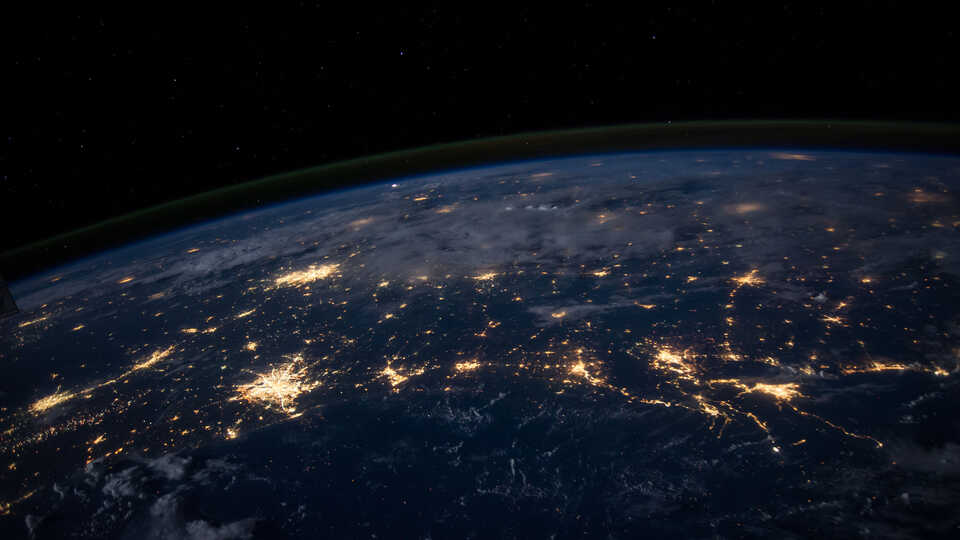Science News
Turn it off! Or at least change the bulb

How does artificial light at night affect human health and the natural world? And how can we minimize its ill effects? This week, the journal Philosophical Transactions of the Royal Society B has devoted an entire issue to the subject with papers on how light pollution affects human sleep cycles and disease (here and here), insects that carry disease, crickets, and blackbirds and songbirds (and here). We’d like to highlight some of the work on bats—and ecosystems in general.
Bats are nocturnal mammals that have incredible eyesight and echolocation to help them find their way in the dark. Because insects congregate at artificial lights, scientists suspected that bats benefitted from streetlights, house lights, and other exterior lighting. One of the new studies finds the opposite is true. The activity of several bat species was similar or lower in areas with street lighting compared with dark areas. An increase in the activity in the common pipistrelle bat was only seen in locations which also offered significant shelter from trees or other plant growth.
“Because clouds of insects accumulate around lights, there has been an assumption that the bats were getting an easy lunch. What our work shows is that they are actually usually just as active, if not more so, in adjacent dark areas,” explains Fiona Mathews of the University of Exeter and lead author of the new study. “We already knew that lighting was bad news for rare species such as horseshoe bats. Now we have demonstrated that, for the common species of vital importance to our ecosystem, lighting is not helpful. Over recent decades, the number of streetlights, and the brightness of lighting, has grown enormously. We also use increasingly powerful lights to illuminate outdoor areas around our homes. We urgently need to reverse this trend.”
Researchers from the University of Exeter also looked at the effects of light pollution on a grassland ecosystem and how different types of lighting affects plant growth and the grassland food web. Again, the idea that lighting attracts insects seems to have no effect on the number of insects (pea aphids, in this case) in the community. But the lighting did affect plant growth, inhibiting flowering in greater bird's foot trefoil, a wild relative of peas and beans that is a key source of food for the pea aphid in grasslands. The effect on the plant growth suppression was great enough to affect the number of pea aphids in the summer—causing their populations to decline due to the limited amount of food available.
The suite of studies in the new issue seems to call for not only light reduction, but further studies into types of lighting, especially as new LED lamps replace older technologies in outdoor lights: some species do better with this lighting, others, worse.
For more information, you can watch this video about the effects of light pollution on birds and sea turtles (starting at about 10:15), and this piece in the Santa Cruz Sentinel covering a session on this topic at the recent AAAS meeting in San Jose.
Image: Gulf Coast at Night, NASA's Marshall Space Flight Center